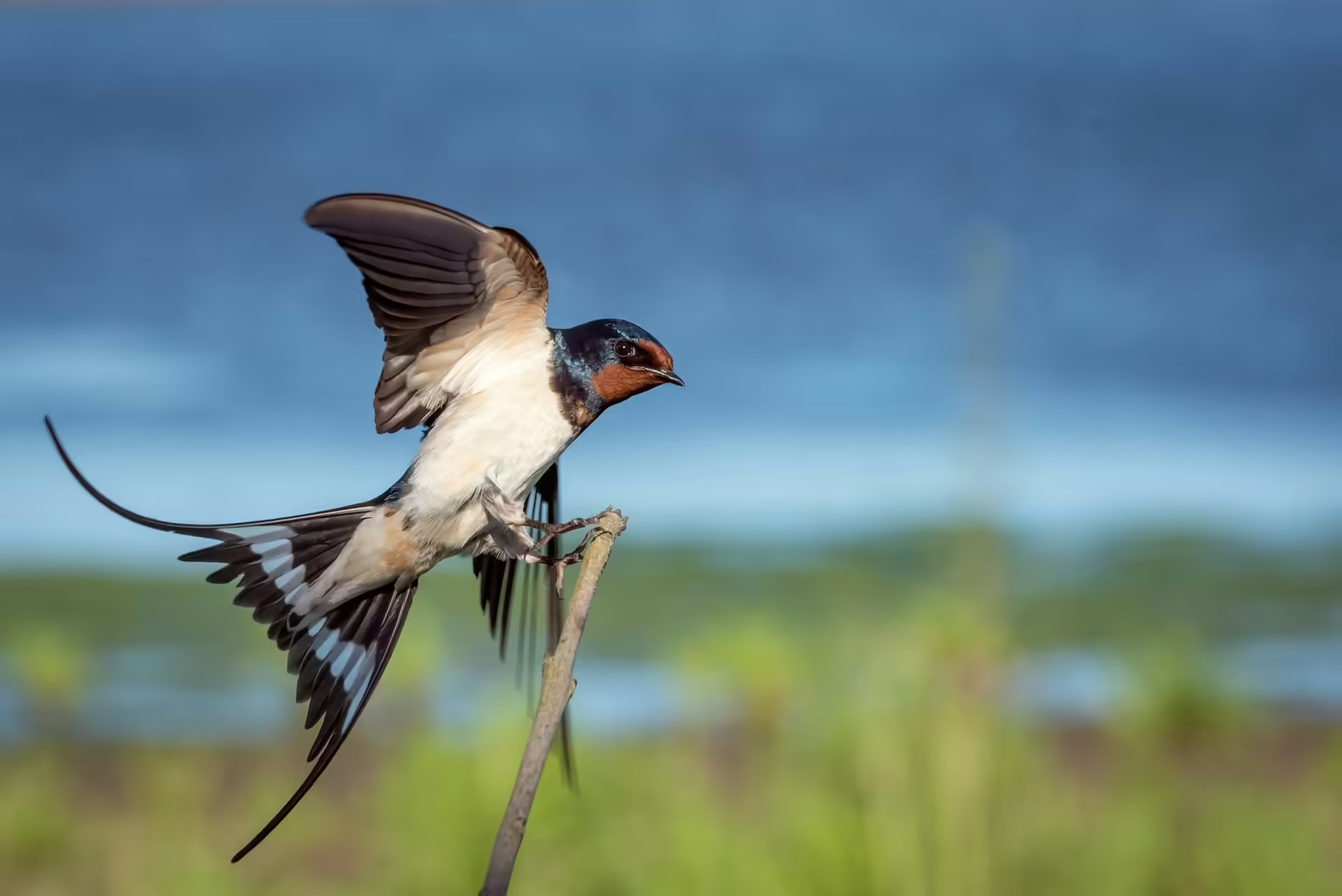
Guide to Birdwatching in Tanzania: East Africa’s Avian Life
Tanzania is a birdwatcher’s dream destination. With its diverse landscapes and home to over 1,100 bird species, including unique locals and migratory guests, Tanzania has become a hotspot for bird enthusiasts. From the iconic Serengeti plains to the ancient Ngorongoro Crater, each area offers its own birding delights. Join us as we explore the best spots for birdwatching in Tanzania, highlight some amazing species, and find out the best times to witness these unique birds in their habitat.
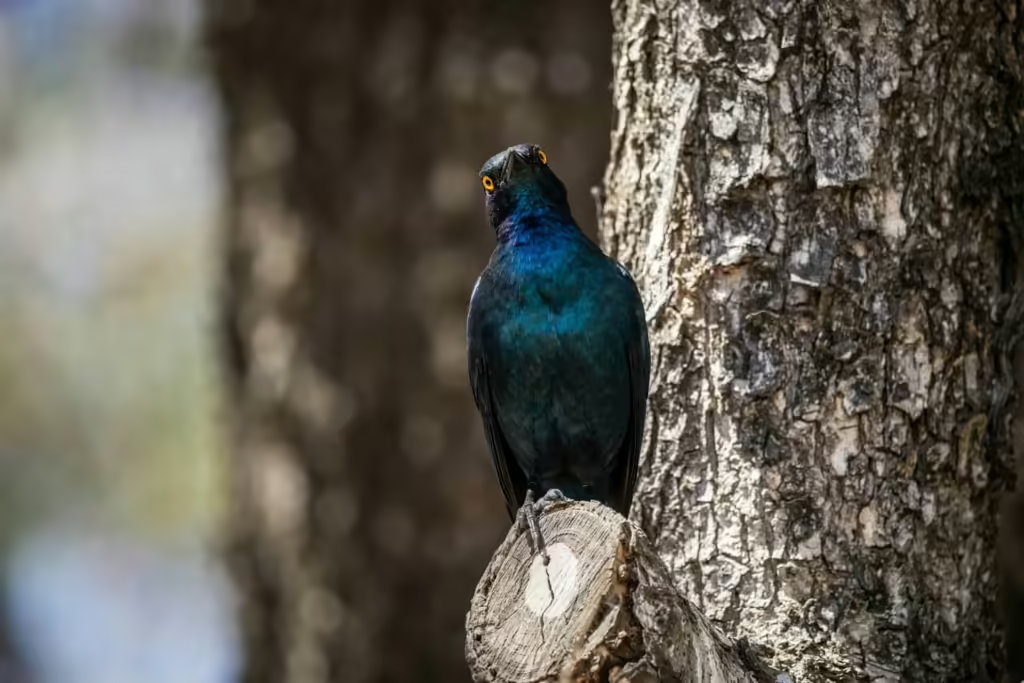
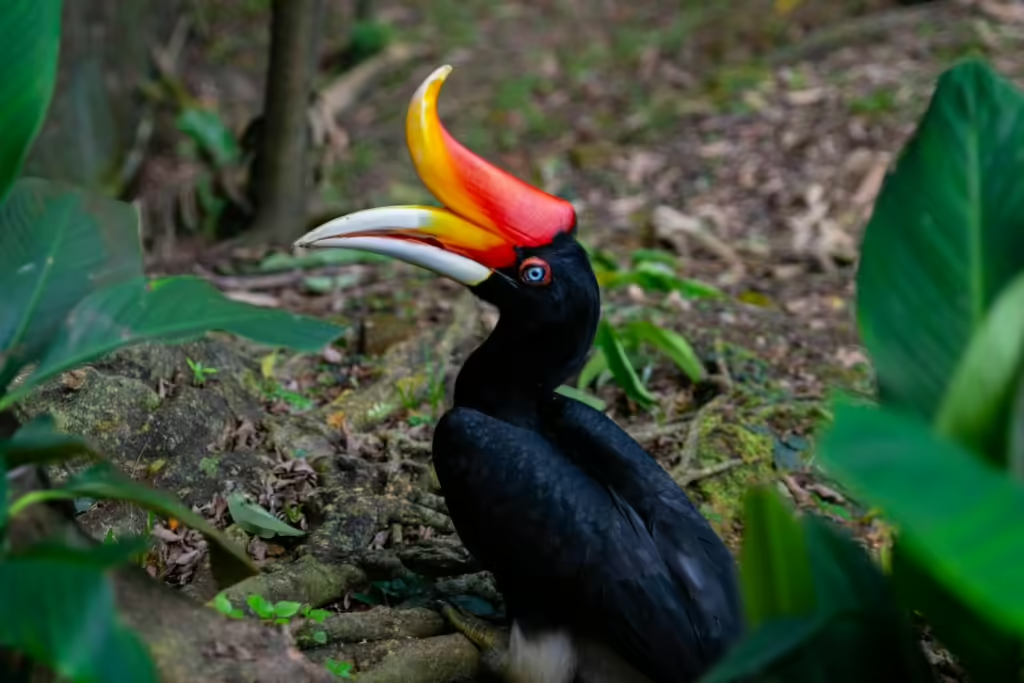
Ecosystems of Tanzania
Tanzania’s diverse ecosystems provide habitats for a wide variety of bird species:
- Savannahs: These iconic plains are home to raptors like the African fish eagle, colorful rollers such as the lilac-breasted roller, and ground-dwelling birds like the secretary bird.
- Forests: Dense rainforests and montane forests host species like colorful turacos, elusive forest thrushes, and unique birds such as the Usambara eagle owl.
- Wetlands: Rift Valley lakes and coastal wetlands attract waterbirds like flamingos, pelicans, storks, and various ducks, offering vibrant birdwatching opportunities.
- Mountains: The Eastern Arc Mountains feature specialized montane species like the African green broadbill and Hartlaub’s turaco, offering birdwatchers a glimpse into specialized high-altitude ecosystems.
- Coastal Habitats: Islands like Pemba and Zanzibar are home to endemic sunbirds, weavers, and seabirds, showcasing the diverse island ecology of Tanzania.
Top Birdwatching Spots
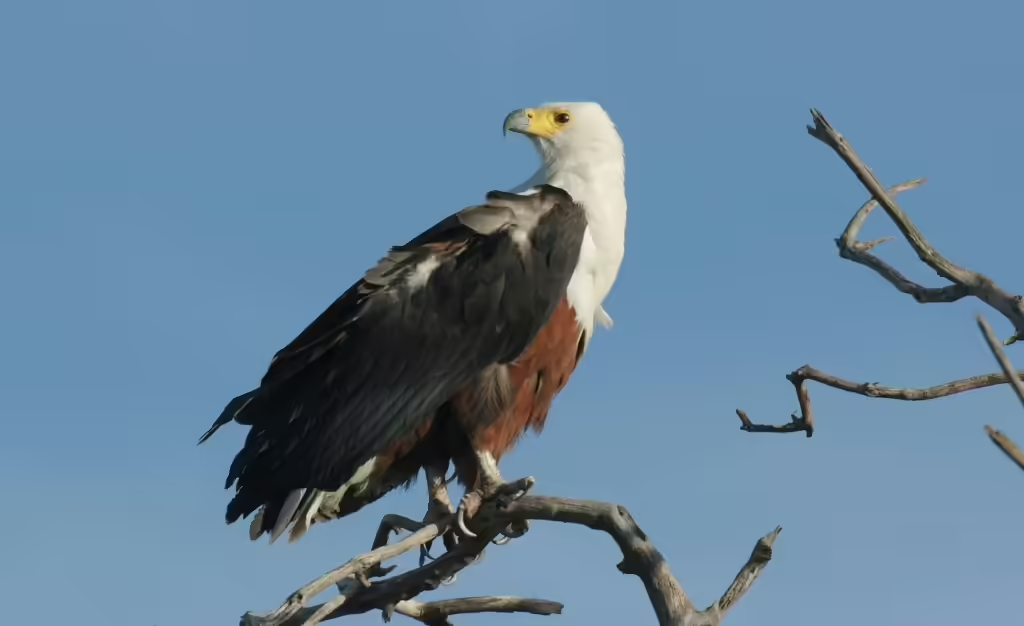
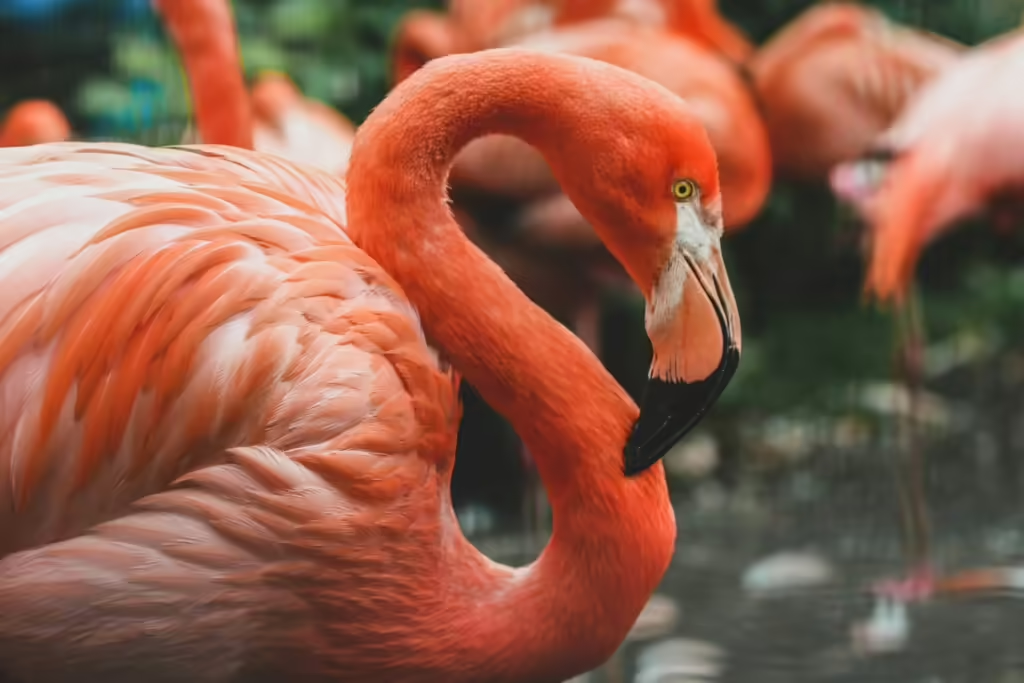
Serengeti National Park
Serengeti’s sweeping plains and acacia woodlands provide a backdrop for sightings of African fish eagles scanning the rivers, vibrant lilac-breasted rollers perched atop termite mounds, and the majestic secretary bird striding through the grasslands. During the wet season, migratory birds from Europe and Asia add to the park’s avian spectacle.
Ngorongoro Crater
Ngorongoro Crater’s unique landscape offers sightings of the Kori bustard, crowned crane, and ostriches amidst the crater’s grasslands and marshes. Highland forests surrounding the crater are home to endemic species, making it a hotspot for both resident and migratory birds.
Lake Manyara National Park
Known for its flamingo-filled alkaline lake, Lake Manyara National Park attracts a myriad of waterfowl including pelicans, spoonbills, and various waders. The park’s diverse habitats, from groundwater forests to open savannahs, support a rich birdlife year-round.
Tarangire National Park
Tarangire’s baobab-dotted landscape provides a sanctuary for unique bird species such as the yellow-collared lovebird and hornbills. Large herds of elephants create a distinctive backdrop for birdwatching, highlighting the park’s blend of wildlife and avian diversity.
Arusha National Park
Arusha National Park’s montane forests and grasslands are home around 400 bird species including the vibrant Hartlaub’s turaco, barbets, and sunbirds. With Mount Meru towering in the background, birdwatchers can explore diverse habitats that support a wide range of bird species in a scenic setting.
Eastern Arc Mountains
The Eastern Arc Mountains are renowned for their endemic species like the Usambara eagle owl and African green broadbill. These ancient mountains, characterized by mist-shrouded forests and rugged terrain, are critical for conservation efforts aimed at protecting Tanzania’s unique montane birdlife.
Coastal Habitats (Pemba and Zanzibar)
Pemba and Zanzibar islands offer birdwatchers a glimpse into coastal and island ecology, featuring endemic species of sunbirds, weavers, and seabirds. These islands are vital for seabird conservation and provide a contrasting birdwatching experience to Tanzania’s mainland habitats.
Best Time for Birdwatching in Tanzania
The best time for birdwatching in Tanzania varies with the seasons:
- Dry Season (June – October): Ideal for observing resident birds in parks like Serengeti and Ngorongoro Crater.
- Wet Season (November – April): Migratory birds arrive, enhancing birdwatching opportunities in wetlands and coastal areas.
Understanding seasonal patterns and local climates enhances the birdwatching experience, offering birders diverse sightings throughout the year.
Guides and Tours
Local guides are essential for navigating Tanzania’s diverse landscapes and locating specific bird species. Maximilian Adventures’ tours offer tailored itineraries that maximize sightings and provide insights into Tanzania’s avian ecology.
Tips for Birdwatchers
Prepare for your birdwatching adventure with essential tips:
- Equipment: Binoculars, field guides, and photography gear.
- Etiquette: Respect wildlife and habitats, follow ethical birdwatching practices.
- Safety: Health precautions and travel tips for exploring Tanzania’s national parks.
Conclusion
Tanzania’s diverse landscapes and rich birdlife make it a top destination for birdwatchers. Whether you’re drawn to the vibrant colors of forest birds or the spectacle of migratory gatherings, Tanzania offers unforgettable birdwatching experiences in some of Africa’s most iconic settings.
Plan your birdwatching adventure in Tanzania with Maximilian Adventures. Our experienced guides ensure a safe and memorable experience for every bird enthusiast.
FAQs
How can I ensure a safe and ethical birdwatching experience in Tanzania?
Respect wildlife and habitats, follow ethical birdwatching practices, and adhere to safety guidelines provided by local guides and authorities.
What makes Tanzania’s birdlife unique?
Tanzania hosts a wide variety of bird species across diverse habitats, ranging from expansive savannahs and dense rainforests to coastal wetlands and high-altitude mountains. This ecological variety supports a remarkable array of bird species, making Tanzania a great destination for birdwatchers.
Recent Posts
Where to Stay in Tanzania | Lodges, Resorts and Campsites
Why Chapwani Island Should Be on Your Travel List in 2025
Must-See Waterfalls in Tanzania: A 2025 Traveler’s Guide

Safari




